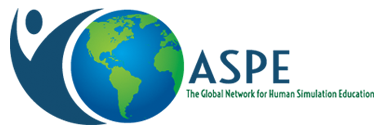By: Yoo Jung Kim
Submitted by: Michael Maury, UC-San Diego
Medicine has its own language. If we are not fluent in this language, we must translate before relaying or receiving any message to or from another. Much like the barriers that may come from the language of computers or of music or any foreign language that is not primary, there can be a particular communication hurdle that makes translating or conversing extra challenging. In this article, Yoo Jung Kim explores the difference between translation and communication. She says “There is much of both in medicine. Medicine has a particular language of its own, one that is accessible only to people who have dedicated years of their lives in studying its use. There is a vast knowledge gap between a typical practitioner and patient, so even when taking care of a native English speaker, it’s not enough to “translate” medical jargon in the vernacular. Instead, optimal communication requires tailoring the information to suit the patient’s needs and background.” She continues saying “Communication involves the extra step of providing just the right amount of information with the right combination words”. Communication is an art form and one that we as Standardized Patient Educators must master in order to guide medical students as they master this skill set.
Read on here for potential ideas and insight in Stanford Medicine’s ‘Scope’.
Publications Committee Mission: “To bring high quality reporting of current research, trends, techniques and information regarding SP methodology and other relevant industry articles to the attention of the membership through the web-based ASPE eNews blog.”
Please provide comments, questions or suggestions about the ASPE eNews Blog here.
